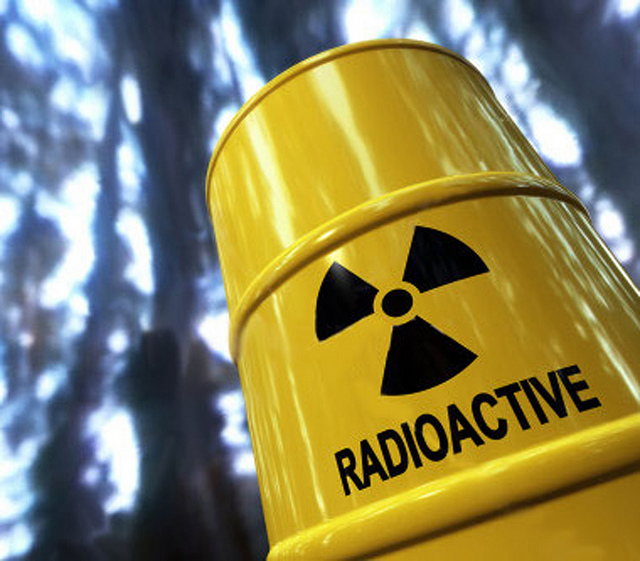A federal environmental assessment panel has just released its report approving a proposal by Ontario Power Generation (OPG) to bury nuclear waste on the shores of Lake Huron in a “Deep Geological Repository” (DGR). The panel’s conclusions come as no surprise to informed observers: the impartiality of the environmental assessment process had been in question for months.
The Canadian Nuclear Safety Commission (CNSC) has never been known as a friend of the environment. But when the Harper Conservatives won a majority government in 2008 they made sweeping changes to Canada’s environmental laws. One change was to remove responsibility for environmental assessment of nuclear projects from the Canadian Environmental Assessment Agency, and put the CNSC in charge.
Instead of conducting an objective assessment of OPG’s nuclear waste burial scheme, the CNSC acted as a strong proponent.
According to a September 2013 article in the Globe and Mail, CNSC and OPG jointly held “illegal and secret meetings” with local municipal officials. At one of those meetings, CNSC President Michael Binder said he hoped their next meeting “would be at a ribbon-cutting ceremony” for the DGR.
While the CNSC sucks up hundreds of millions of taxpayer dollars, its pretense of acting as an independent nuclear regulator is becoming less and less credible. In support of the license renewal request of SRB Technologies (Canada) Inc. (SRBT), a tritium light factory in Pembroke, Ontario, the CNSC recently posted the absurd claim on its website that measured environmental radioactivity is “within natural background levels” — even as the CNSC’s own scientists publish journal articles documenting widespread radioactive contamination in the Pembroke environment resulting from SRBT’s operations.
Although Article 9 of the Nuclear Safety and Control Act requires the CNSC “to disseminate objective scientific, technical and regulatory information to the public,” the CNSC is failing. Political interference in the Commission’s activities became a matter of routine when the Harper government fired CNSC President Linda Keen for trying to hold Atomic Energy of Canada Ltd. to account for failing to perform safety upgrades on the NRU reactor at the Chalk River Laboratories. In February the Harper government totally bypassed the normal regulatory process when it quietly ordered this same 57-year-old reactor to continue to run for two years past its scheduled 2016 shutdown — and seven years past its originally planned shutdown in 2011.
In the absence of a strong and independent nuclear regulator, protection of the public from the health and environmental risks of nuclear energy falls to active and informed members of the public who are willing to engage in the political process. This applies as well to risks associated with rail and pipeline shipments of oil, contaminated products from meat-packing plants, and use of toxic pesticides, to name only a few.
Canadian civil society organizations — Greenpeace, Northwatch, and the Canadian Coalition for Nuclear Responsibility, to name a few — are essentially doing the work that should be done by the CNSC.
Aging nuclear reactors mean increased risks of a nuclear disaster. The need for an effective nuclear regulatory agency has never been greater. Do Canadians really want to run the risk of a nuclear meltdown, or permanent contamination of the Great Lakes? With a weak regulator that makes decisions based on crass economic and political considerations, these are the risks we are running.
Council of Canadians chairperson Maude Barlow has said that “Stephen Harper is systematically wiping out decades of environmental protection and laws in order to promote unbridled resource extraction. No other government in the history of Canada has declared war on the environment in this way.”
The recent DGR panel report is a virtual declaration of war on the Great Lakes. Dozens of Interveners at the panel hearings presented evidence of leaks and accidents at other facilities that have attempted to bury nuclear wastes. It is hard to imagine that any government would be so foolish as to put a permanent nuclear dump right next to the world’s largest inland water ecosystem.
In the unlikely event that this hare-brained scheme goes ahead, the CNSC’s Dr. Binder might find himself jointed by a large crowd of angry people at the ribbon-cutting ceremony.
Ole Hendrickson is a forest ecologist and current president of the Ottawa River Institute, a non-profit charitable organization based in the Ottawa Valley.
Photo: Greens MPs/flickr




